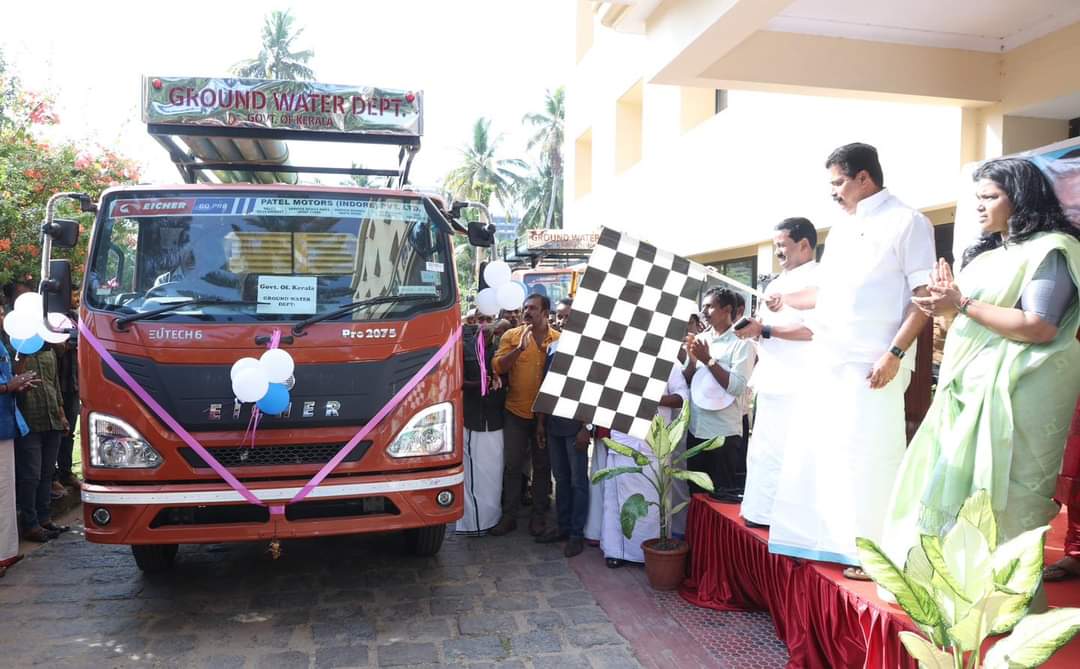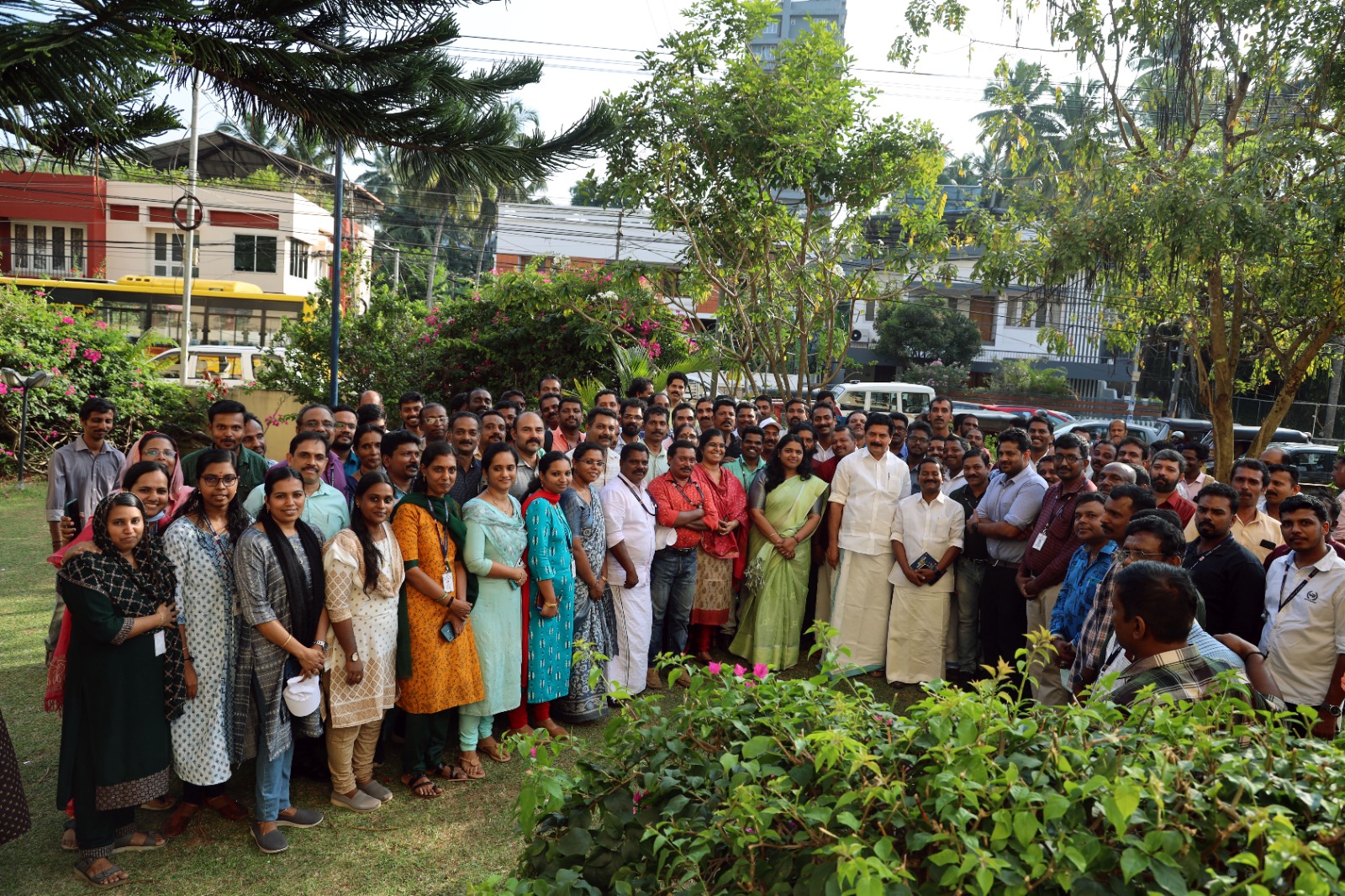





What's New
Last Updated on December 29, 2025 2:27 am
GROUNDWATER DEPARTMENT
Groundwater Department is the nodal agency for groundwater investigation and construction of groundwater abstraction structures in the State. The department has started functioning as a part of Agriculture Department and later evolved as an independent department in the year 1978. The initial focus of the department was to provide solution to the irrigation needs and later extended to domestic and industrial needs also. Ever since its inception, Groundwater Department has been dealing with various groundwater related issues and has been a key service provider to all the sectors across the State. The department is also presently engaged in implementing mini water supply schemes, conservation and management of groundwater resources and groundwater regime monitoring

Shri. Pinarayi Vijayan
Hon'ble Chief Minister

Shri. Roshy Augustin
Hon'ble Minister for Water Resources

Shri. Bishwanath Sinha IAS
Additional Chief Secretary to Govt.
Water Resources

--
Secretary
Water Resources

Smt. Rini Rani S
Director (i/c)
SCHEMES OF THE GROUNDWATER DEPARTMENT
Frequently asked questions (FAQ)
There are no spacing norms between bore wells and open wells in Kerala. The wells are located scientifically based on the local hydrogeological condition of the area through field groundwater investigation which is a mandate for every well construction. However to protect the source of a public water supply scheme, prior permission is required from Groundwater Authority to construct a new bore well within 30 meters from any exciting drinking water source from where water is pumped for public purpose.
Bore wells and open wells are totally different groundwater extraction structures tapping separate groundwater storages called aquifers. Bore wells tap fractured aquifers in confined/semi confined condition. Whereas open wells tap unconfined aquifers only. According to the general principles of Groundwater Hydrogeology confined and semi confined aquifers are not interconnected as their terminology denotes, and so extraction of water from the confined/semi confined aquifer through bore wells will not normally interfere with the adjoining open well tapping the unconfined aquifers. But bore well tapping the same aquifer (confined/semi confined) may interfere each other if they the area falls under the same structural continuity of the other well, while mutually pumping. But there are places where open wells interfere with the adjacent bore wells if fractures present at the open wells extend deep in to the fractures yielding bore wells. In such cases there may be chances of open well getting dry. The adjacent open wells may also become dry if bore well casing is not properly seated in to the bedrock and that if the soil thickness is less and that the fractures are on the same line with the bore well.
The outer casing pipe referred to a bore well is the protective pipe inserted in to the bore hole to protect the soil profile present above the rock in the vadose zone called overburden. The purpose of the casing pipe is to protect the bore hole from falling or debris in to the bore well and also to prevent leaching of surface contamination. The outer casing is normally seated in to the hard strata by drilling few centimeters in to the bedrock. The inner casing on the other hand is only an optional protective pipe inserted into the well till the lower end of the borehole. An inner casing is not needed in ideal condition but it is preferred under suspicious geological conditions. Inner casing would have lesser diameter than the outer casing and is normally used with perforations at certain depths for the easy flow of groundwater in to the well. Inner casing acts as a shield and gives extra protection to the pumping devices especially while using submersible pumps.




